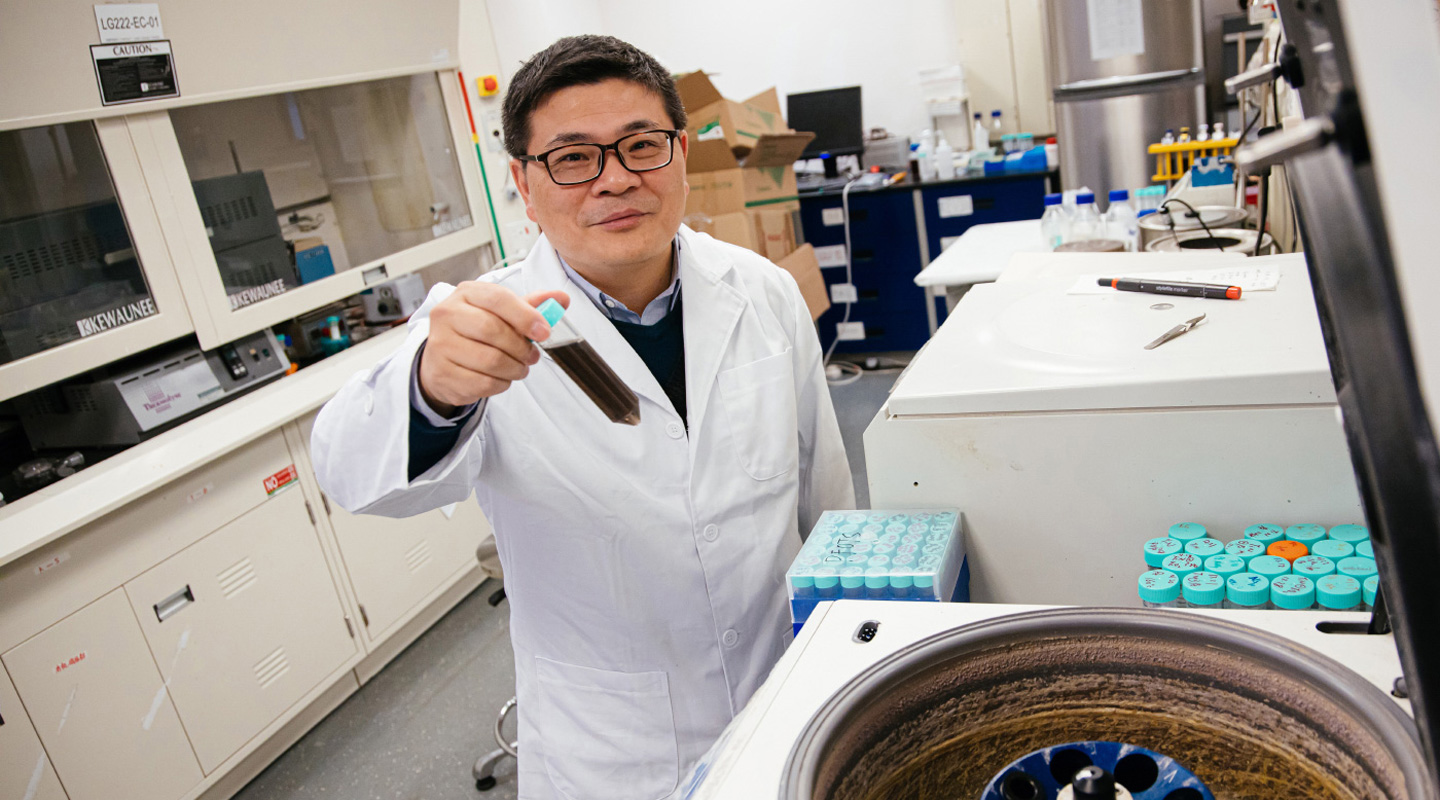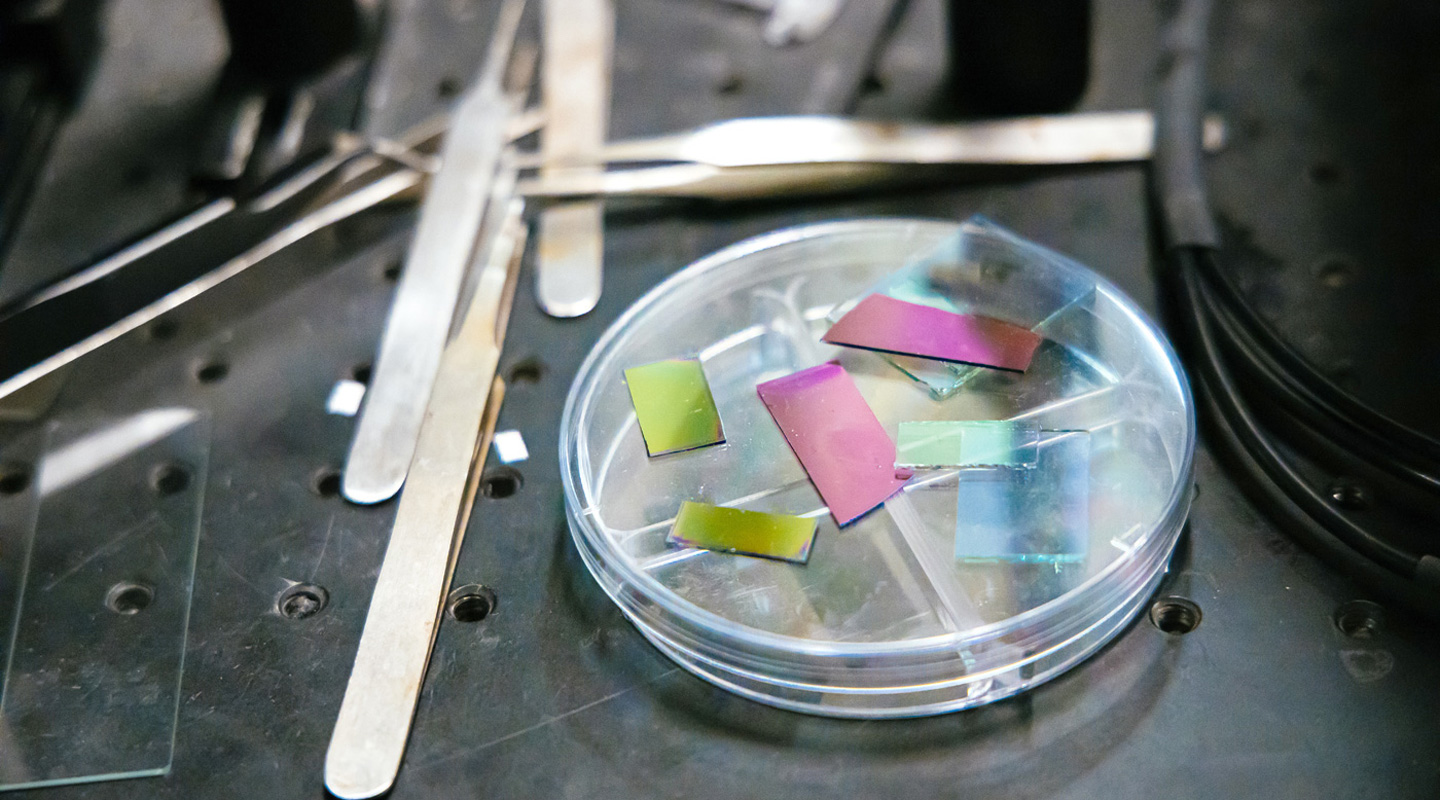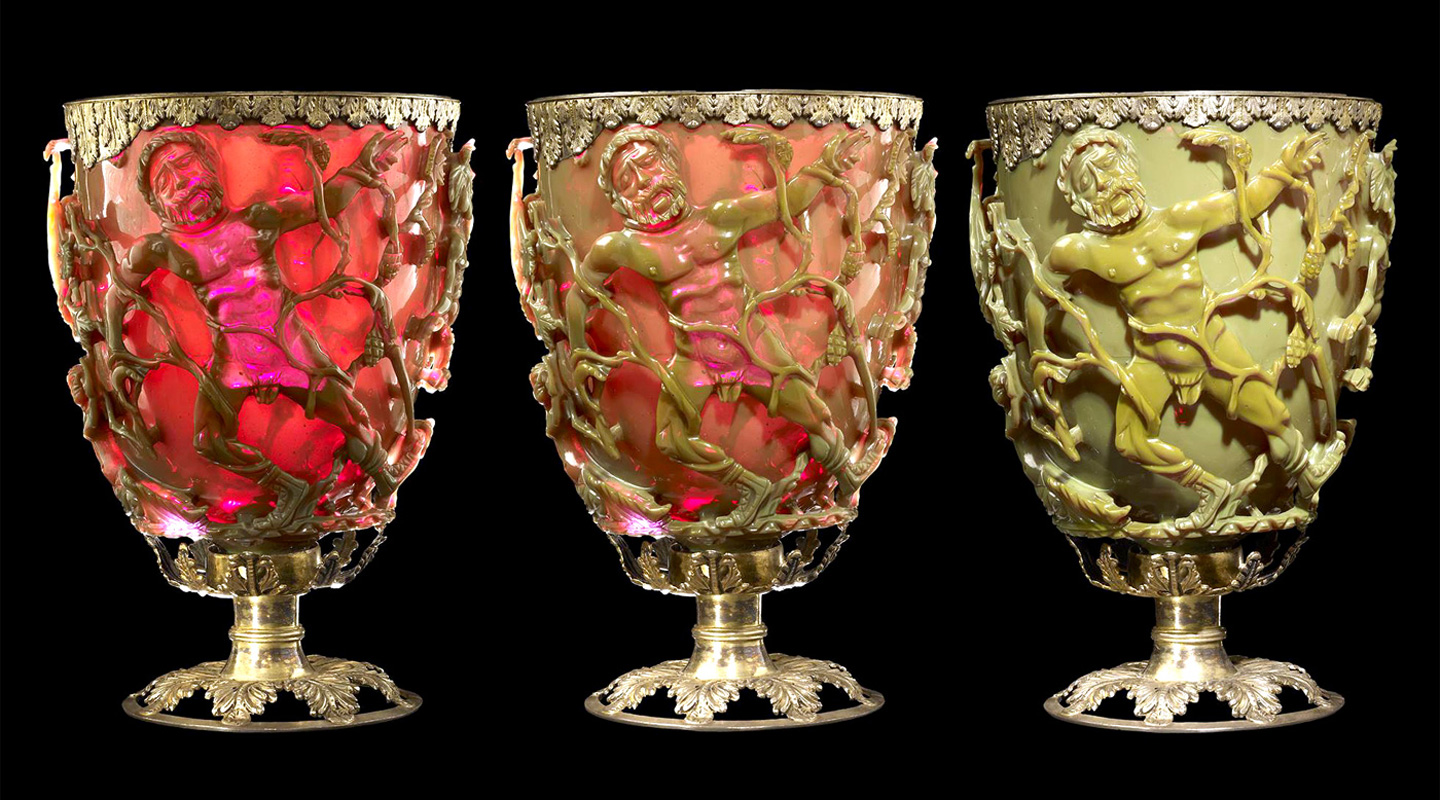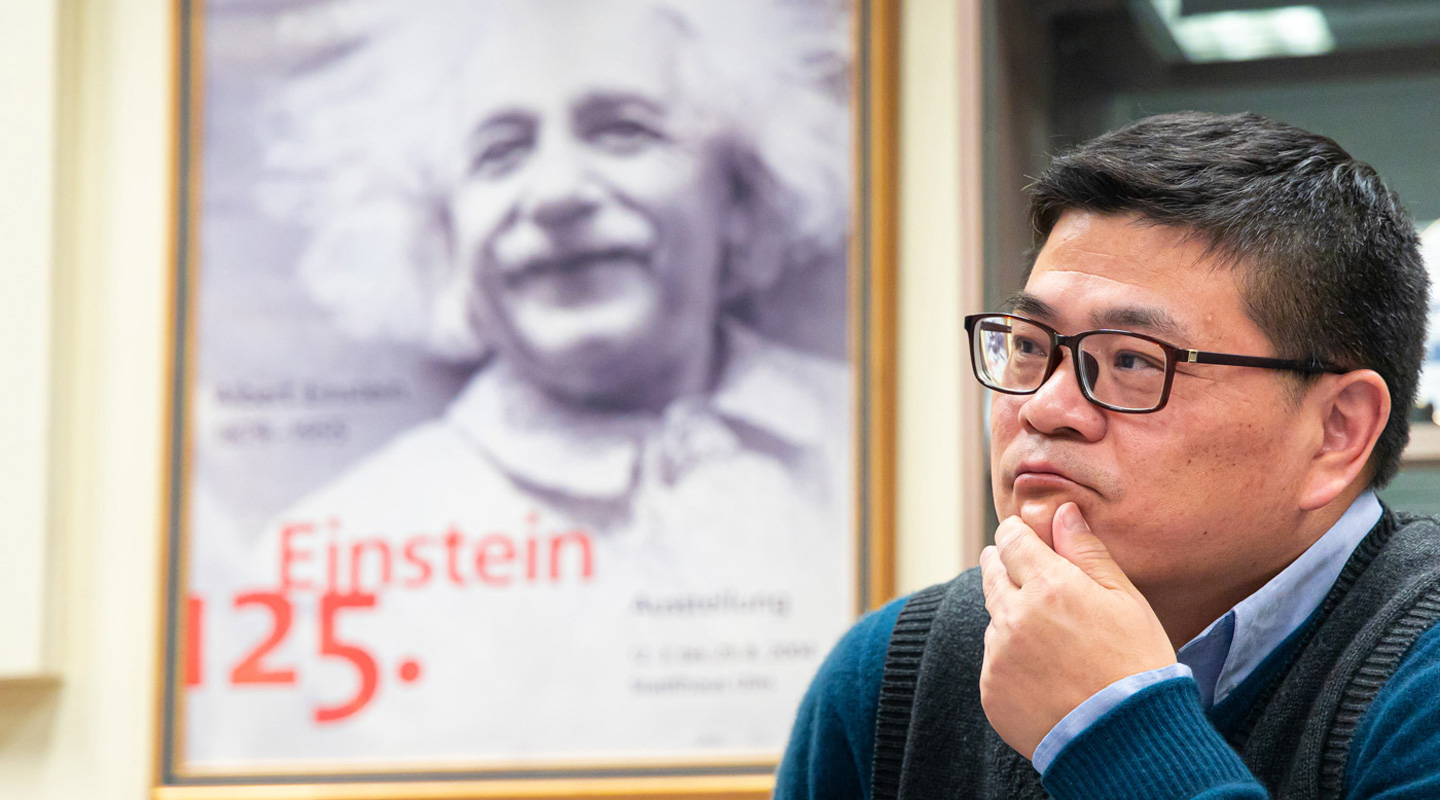Dear readers, With the launch of e-newsletter CUHK in Focus, CUHKUPDates has retired and this site will no longer be updated. To stay abreast of the University’s latest news, please go to https://focus.cuhk.edu.hk. Thank you.
Small is the New Big
Wang Jianfang explores the many uses of metallic nanocrystals

From detecting a pregnancy all the way through to detecting the cause of death, metal nanocrystals span the spectrum of life in their many uses. It falls to Prof. Wang Jianfang to explore their properties, and therefore how they can be deployed.
Professor Wang works with a specific form of material called colloidal plasmonic metal nanocrystals. Mainly by manipulating microscopic amounts of specially treated gold, he is able to create materials that can complete a host of different tests.
In metals, electrons can move almost freely, so an electrical field can drive their movement. Light creates just such an oscillating electrical field, forcing metal electrons to oscillate. That forms a plasmon.
Each plasmon, like a tiny metal spring, has its own frequency, amplitude, and can be dampened. If the light frequency is equal to the inherent frequency of the electrons in metals, the plasmon will resonate. That resonance can be measured, allowing for even minute molecules to be detected.
When plasmon resonance occurs in metallic nanoparticles, such resonance absorbs and reflects light, and depending on the size of the nanoparticles, the result will be an exhibition of wavelengths which spans across the ultraviolet-infrared spectrum; if the wavelength falls under the visible light spectrum, we are able to see the respective wavelengths in different colours.
This phenomenon makes the nanocrystals extremely versatile. They can be used to generate tags to accompany food items or medicines as they are shipped, tags that change colour to demonstrate whether the items have been kept in the appropriate temperatures and conditions. In much the same way, a pregnancy test uses gold nanocrystals that will, if urine contains a specific pregnancy hormone, aggregate together, causing the color strip to change.

Those are simple tests that are visible to the human eye. Far more complex tests can detect the building blocks of strands of DNA, to generate genetic tests. Spectroscopy tests can measure the ‘fingerprint’ of any molecule, allowing for the detection of explosives, or poisons. The testing is being developed to measure even a minute pesticide content in foods.
‘This field is developing very fast,’ Professor Wang explains. ‘The question is whether we can find new functions. I would say that we are only limited by our scientific knowledge and instruments.’
The first challenge is the synthesis of the nanocrystals themselves. Professor Wang has become so adept at encouraging their formation that he has started a company to sell them to universities and research institutions across the world.
‘It’s like a recipe,’ Professor Wang says. ‘You need to control the concentrations, the amounts of different ingredients, the temperature, and so on.’
Colloidal nanoparticles have been used for centuries. The Lycurgus Cup, a Roman drinking vessel now housed in the British Museum, uses gold and silver dust dispersed so that the glass appears red when light shines through it from behind and green when seen in normal light from the front. So, too, do stained-glass church windows employ nanoparticles.

The makers almost certainly did not understand the processes at work. The craftsmen making the Lycurgus Cup may not have even knowingly added the tiny amounts of gold found in the glass. Silver was almost inevitably contaminated with small amounts of gold from the Roman tools used to measure the amounts of both metals.
The 19th century scientist Michael Faraday essentially founded the field, making his own gold nanoparticles. The science lay dormant, however, until advances in instruments around 2000 reignited interest. That’s when it became possible to ‘see’ the size and shape of different nanoparticles.
Professor Wang, who is a professor in the Department of Physics, nevertheless considers himself more of a chemist by training and trade. He started research life studying semiconductors. But tight regulation over the storage and use of the toxic materials to produce semiconductor materials made him switch to the field of nanoplasmonics.
Now he has combined his chemistry background with applied physics. ‘Nanoplasmonics is a highly interdisciplinary field,’ Professor Wang notes, adding that when the research turns towards topics like optics and photonics, he struggles to keep up. ‘Many problems involve deep physics, and I cannot understand it,’ he jokes.

His work most recently has seen him awarded a 2020 senior research fellowship at the Croucher Foundation, which backs the work of Hong Kong’s most-talented scientists. The research has given rise to two spinoff companies, now operating in the nearby Hong Kong Science Park.
Advanced Plasmon Technologies launched last year, and will supply companies and laboratories with substrates that contain metal nanoparticles. Scientists would then use these substrates to enhance the detection of various molecules.
NanoSeedz is a little older, having sprung up in 2012. It creates nanoparticles that it then sells to companies in around 30 countries. The name stems from its method of seeding particles that are only 1 to 3 nanometers across, then growing them into nanocrystals that are closer to 100 nanometers in size.
‘The research to date is really useful, but it’s very difficult to develop it into commercial ventures,’ Professor Wang says. The world of startups is far more unpredictable than work in the lab. ‘There are so many things I cannot control.’
By Alex Frew McMillan
Photos by Eric Sin
This article was originally published on CUHK Homepage in Apr 2020.